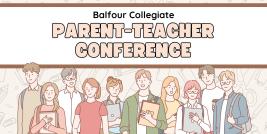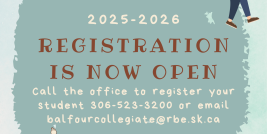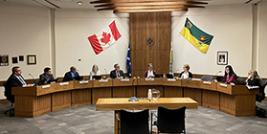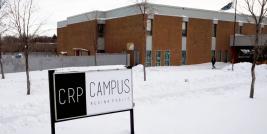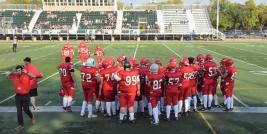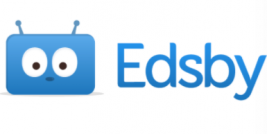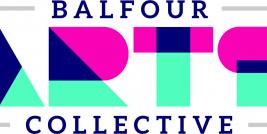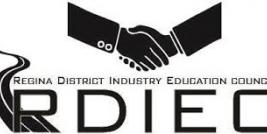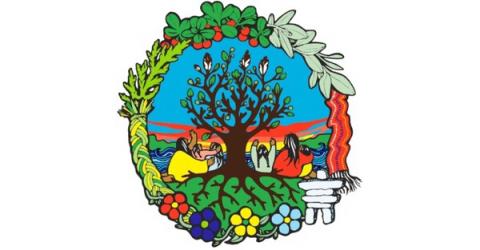
Balfour teachers are working to bring FTV to life in our school! Informed by student, parent and teacher voices, the guiding vision of FTV (Following Their Voices) is to work towards education that promotes accelerated learning for First Nations, Métis and Inuit students where learning is joyful, culture is affirmed, and students are given real choice for their future.
Our focus this month is on building relationships with our students, community, and Elders. Teachers are working with Knowledge Keeper Jeff Cappo to learn some Cree and to develop our understandings of Indigenous ways of knowing. Throughout the month, we are also hosting lunches with our Elders. Teachers' individual goals include creating classroom contexts where students have opportunities and feel safe to take risks in their learnings, holding positive regard for all students at all times, and legitimizing the voices of First Nations, Métis, and Inuit students within the classroom.
Jeff Cappo and Rhonda Stevenson hosted a family night on Thursday, November 29th from 7-8 in the Balfour auditorium. We discussed smudging in schools, FTV, attendance matters, Cree language, and many more topics. Thanks to those who joined us.
Lunch and Learn sessions:
-
Language and Indigenous ways of knowing with Knowledge Keeper Jeff Cappo
-
Getting to know our Elders - a session with Dianne and Frank
-
Feedback and Feedforward language
-
Sharing power/encouraging student choice in the classroom
Professional development time:
-
Co-constructing our shared goals which include:
-
Create contexts where students have opportunities and feel safe to take risks in their learning.
-
Hold positive regard for all students at all time.
-
Legitimize the voices of First Nations, Métis, and Inuit students within the classroom.
-
-
Land based learning experience with Jeff Cappo
Individual teacher and co-constructed group goals:
-
Regularly consulting with students, other teachers, Elders, and/or Traditional Knowledge Keepers to incorporate First Nations, Métis, and Inuit: - ceremonies; - culture and language; and - First Nations, Métis, and Inuit people, contexts, and iconography (visuals) in teaching and learning.
-
Purposefully seeking and establishing strong relationships with student’s family and support network.
-
Seeking to develop an understanding of First Nations, Métis, and Inuit histories and worldviews inside of school.
-
Planning and providing logical opportunities for students to self-determine how they will support their own learning and the learning of others.
-
Creating a classroom display, comprised of student work, that is reflective of student interests and cultures (iconography)
-
Authentically infusing FNMI content, perspectives, and ways of knowing within teaching and learning in the classroom.





